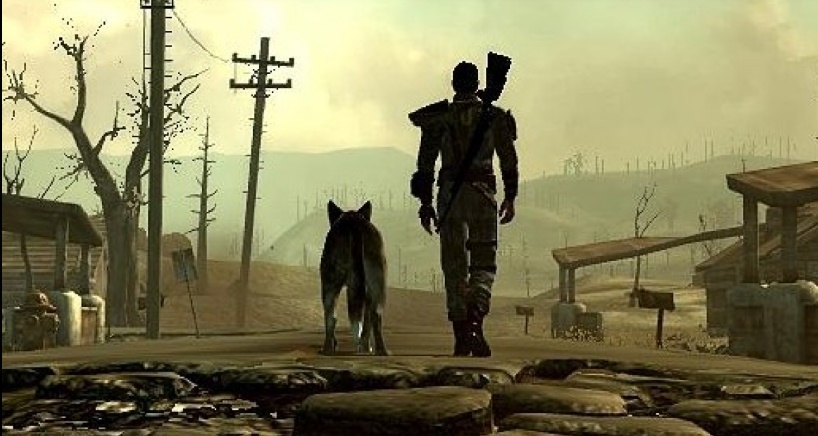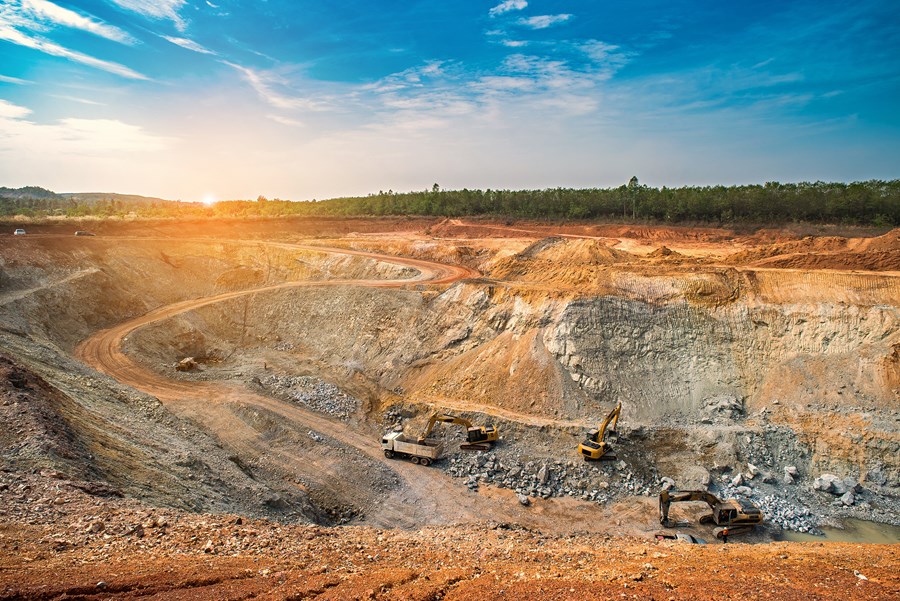“Nature needs chaos,” says Lee Schofield, of the British environmental organization the Royal Society for the Protection of Birds (RSPB).
It sits on the bank of Swindell Beck, a stretch of river near Housewater Reservoir in the English city of Cumbria.
Chaos and nature have returned to the area after being missing for two centuries.
That’s because about 200 years ago, the community of Swindell embarked on an ambitious project to straighten this stretch of the river, with the goal of accelerating the flow of water into the valley and increasing the amount of surrounding farmland.
This had unintended consequences. The water was flowing faster, as desired, but too quickly to allow fish such as salmon and trout to spawn.
The stream also began to carry more sediment downstream, and became more turbid.
Then, in 2016, the RSPB and its partners – including the water company that owns the land – embarked on a project to “remove” the river.
After studying the valley to determine the river’s original path, a team of excavators was hired to recreate that winding channel – now about 180 meters longer than the straight line that has bisected the valley for two centuries.
Lee says the transformation was almost immediate.
“About three months after the drillers left, we had salmon and trout spawning in the river again,” he recalls.
The reshaped sinuous curves have slowed the flow of water, creating an aquatic habitat at every turn.
“We now have vegetation in the river where juvenile fish can take shelter,” Lee explains. “There are gravel banks, deep pools, rapids. There are shallow parts and turbulent parts of the river where the water absorbs oxygen. All of this benefits the entire food chain.”
“Now, it is as if something living is moving through the valley, while the old straight river looks like a sad channel.”
The cost of restoring the one-kilometre stretch was £200,000 (about R$1.2 million), an amount shared by the water resources company RSPB, which owns the area, United Utilities, and two government agencies dedicated to the environment.
The British government funds many conservation projects like this under the Landscape Restoration Scheme. Farmers can access financing to stimulate biodiversity on their land, for example by restoring their rivers or increasing forests.
For United Utilities, the “draining” of the river has brought about a positive change in the fact that it is now “cleaning” itself.
Artificially straight rivers flow faster and contain more sediment. Bends slow the flow and allow the river to deposit its sediments on its banks.
Slow flow also reduces the risk of flooding downstream (towards the mouth).
Ironically, environmental damage caused by water companies can become a source of funding for restoration projects like this.
The UK’s Secretary of State for the Environment, Therese Coffey, recently announced that companies responsible for discharging wastewater into nature could be fined – and the money will be reinvested in a new water recovery fund for water conservation projects. .
It was recently revealed that United Utilities itself released raw sewage into rivers more frequently than any other company in the sector in England in 2022.
John Gorst, of United Utilities, who worked on the Swindale project, told BBC News: “There are problems and we are working on them.”
“[Mas] This landscape is critical to us as a company. The reservoir is our largest source of supply, so we invest in these river basins and manage them in a way that protects water quality and brings all these additional benefits to biodiversity.
The RSPB runs its own agricultural production in this valley and claims to have proven that conservation and agriculture can work together and benefit each other.
Seeing the return of the meandering water and wildlife in the river is inspiring, Lee Schofield says.
“We as a species can rebuild and restore places like this. We can make space for nature.”

“Music fanatic. Professional problem solver. Reader. Award-winning tv ninja.”






:strip_icc()/i.s3.glbimg.com/v1/AUTH_e536e40f1baf4c1a8bf1ed12d20577fd/internal_photos/bs/2023/X/C/ZVTJBTTUuZrm2vSNcgTw/imagem-do-whatsapp-de-2023-10-03-a-s-08.32.15-1452f44e.jpg)
More Stories
Chinese CEO says she’s not responsible for employees’ well-being: ‘I’m not your mother’
4 common sayings you’ve always heard, but you’re probably saying wrong
Machado says electoral fraud could cause a major wave of migration